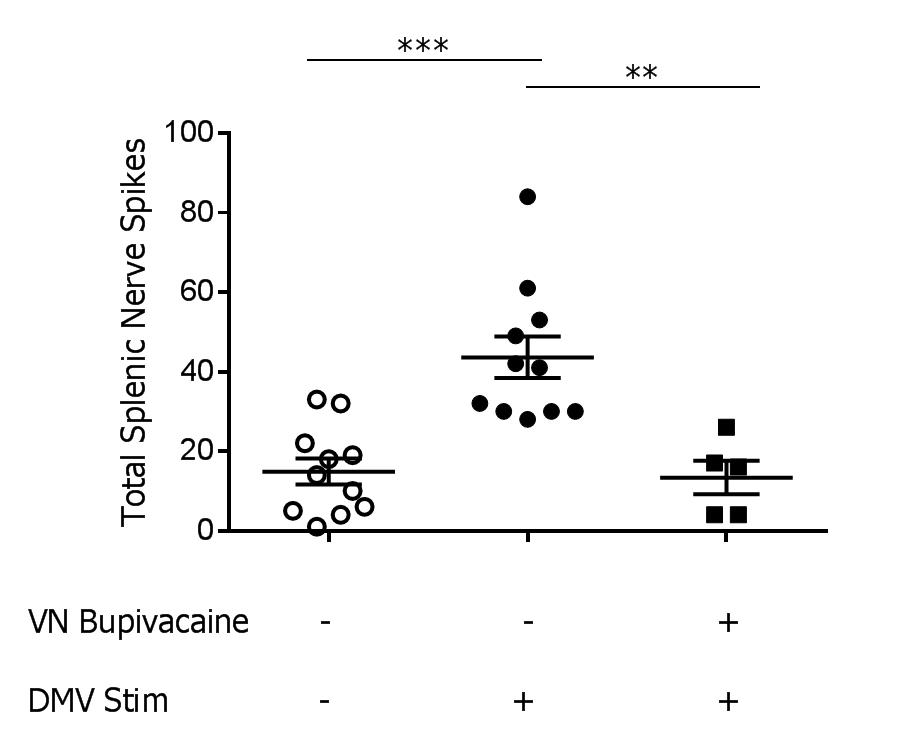A. R. Sergesketter1, S. M. Thomas2,3, A. M. Gupta1, O. M. Fayanju1,2, L. H. Rosenberger1,2, C. S. Menendez1,2, R. A. Greenup1,2, T. Hyslop2,3, E. S. Hwang1,2, J. K. Plichta1,2 1Duke University Medical Center,Department Of Surgery,Durham, NC, USA 2Duke Cancer Institute,Durham, NC, USA 3Duke University Medical Center,Department Of Biostatistics,Durham, NC, USA
Introduction: Several prognostic variables and risk factors for invasive breast cancer have been shown to be age-related. However, the association between age and risk of cancer for women with high-risk breast lesions, such as atypia, is controversial. The aim of this study was to compare the prevalence of breast atypia and risk of upgrade or progression to breast cancer by age.
Methods: Adult women diagnosed with breast atypia [lobular carcinoma in situ (LCIS), atypical ductal hyperplasia (ADH), or atypical lobular hyperplasia (ALH)] at a major academic institution from 2008-2017 were identified. Patients were stratified by age at initial atypia diagnosis: <50 years, 50-70 years, and >70 years. Differences between age groups were tested using Fisher’s Exact and Kruskal-Wallis tests. Logistic regression was used to estimate the association of age with risk of upgrade to or subsequent cancer diagnosis after adjustment.
Results: Among the 530 atypia patients (median age 54y) identified, 31.1% were <50y (N=165), 58.1% were 50-70y (N=308), and 10.8% were >70y (N=57). ADH was the most common finding in 75.1% of patients (N=398), followed by LCIS in 13.2% (N=70) and ALH in 11.7% (N=62). When comparing types of atypia by age, older women >70y were more likely to present with ADH, while women <70y were more likely to present with ALH or LCIS (overall p=0.04). Of the 471 women diagnosed with atypia by needle biopsy, 14.9% (N=70) were upgraded to breast cancer (invasive or in situ) at the time of surgical excision, which did not vary by age (p=0.33). Of the 70 women upgraded, 61.4% were to ductal carcinoma in situ (DCIS) and 37.1% to invasive disease, which was similar between age groups (p=0.4). The use of chemoprevention after an atypia diagnosis was also similar between all age groups (overall uptake 27.2%, p=0.55). During the follow-up of the remaining 458 women with atypia (median 49 months), 15.7% (N=72) developed a subsequent diagnosis of breast cancer (invasive and in situ) unrelated to the initial biopsy, which did not vary by age (p=0.66). Of those who subsequently developed breast cancer, 45.8% were diagnosed with DCIS and 54.2% with invasive disease, which was similar for all age groups (p=0.93). The unadjusted time to subsequent diagnosis of breast cancer did not vary by age (log rank p=0.41, Figure 1). After adjustment, age was not associated with upgrade to or subsequent diagnosis of breast cancer (both p>0.05).
Conclusion: Among women with breast atypia, age may influence the type of atypia diagnosed, but does not appear to be associated with risk of upgrade or subsequent progression to breast cancer.







